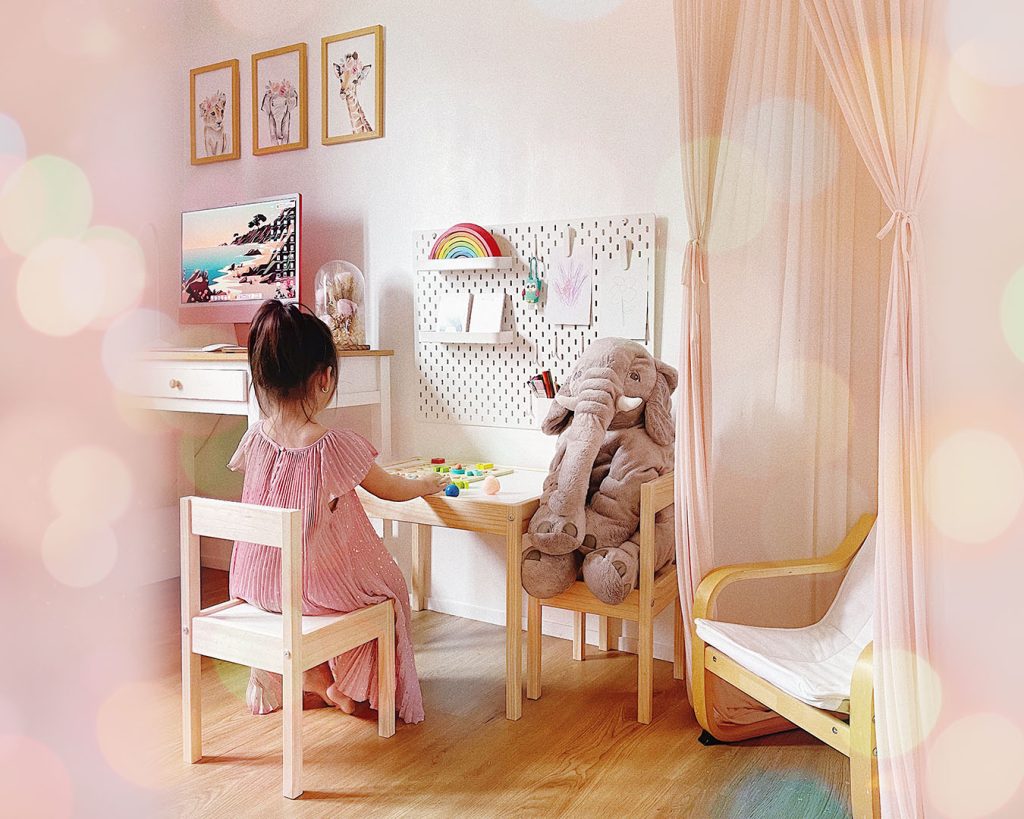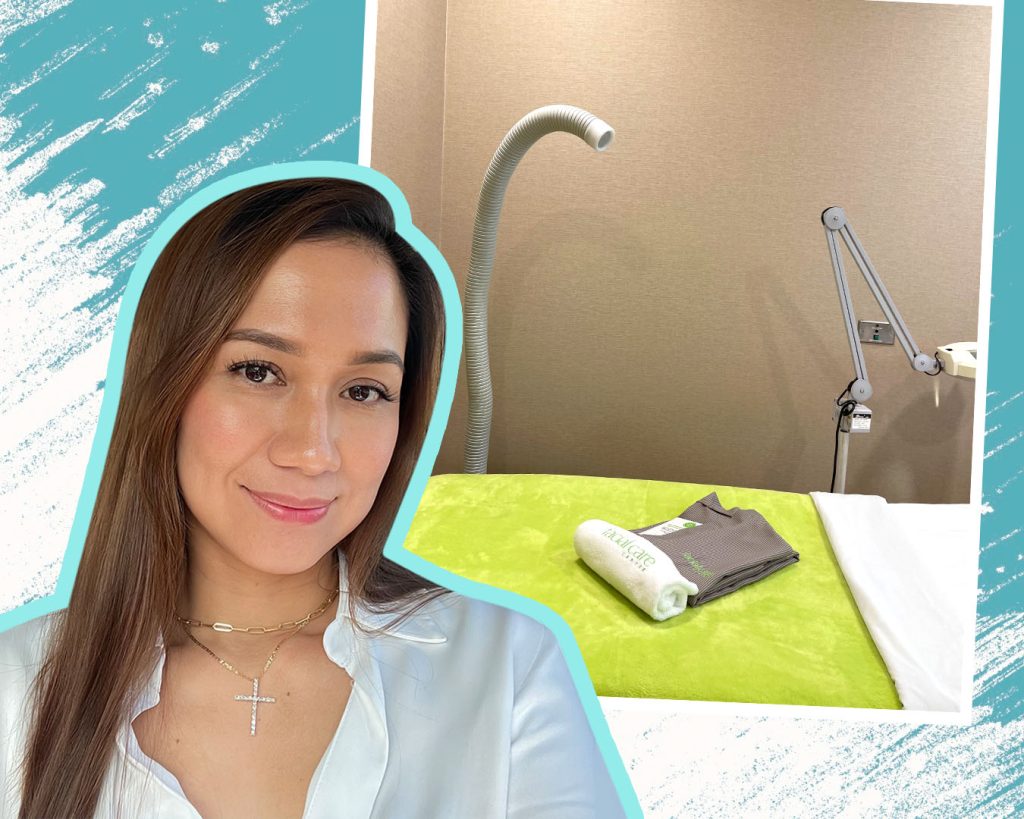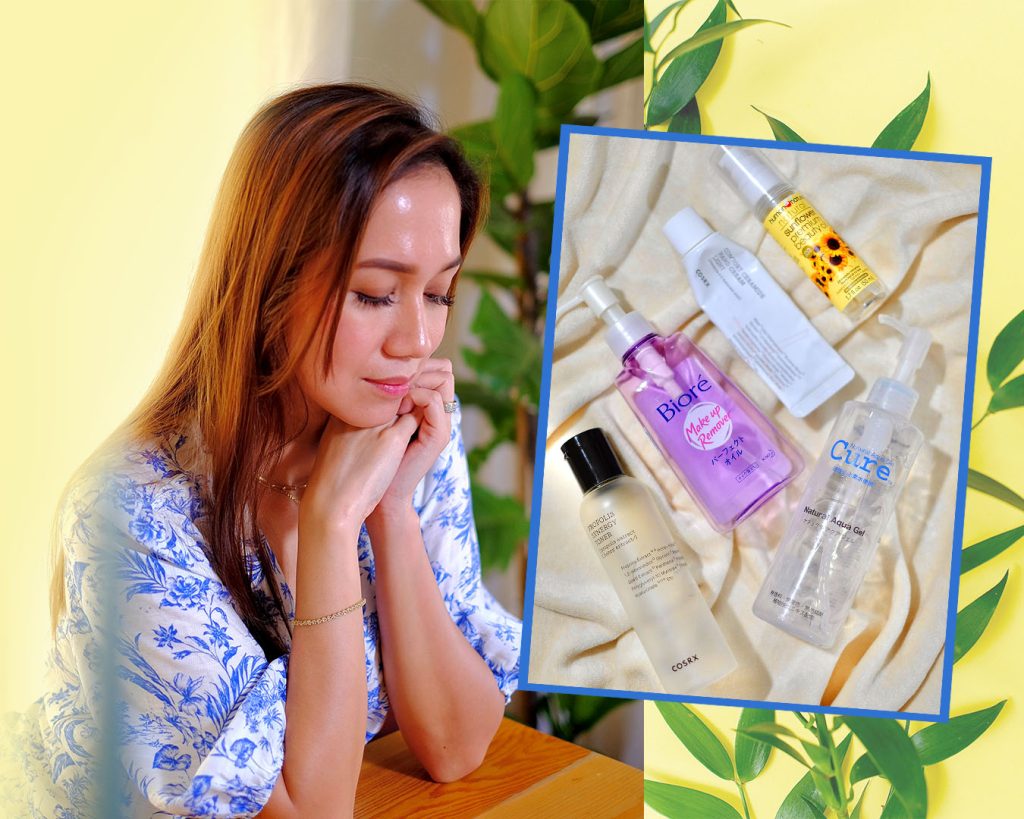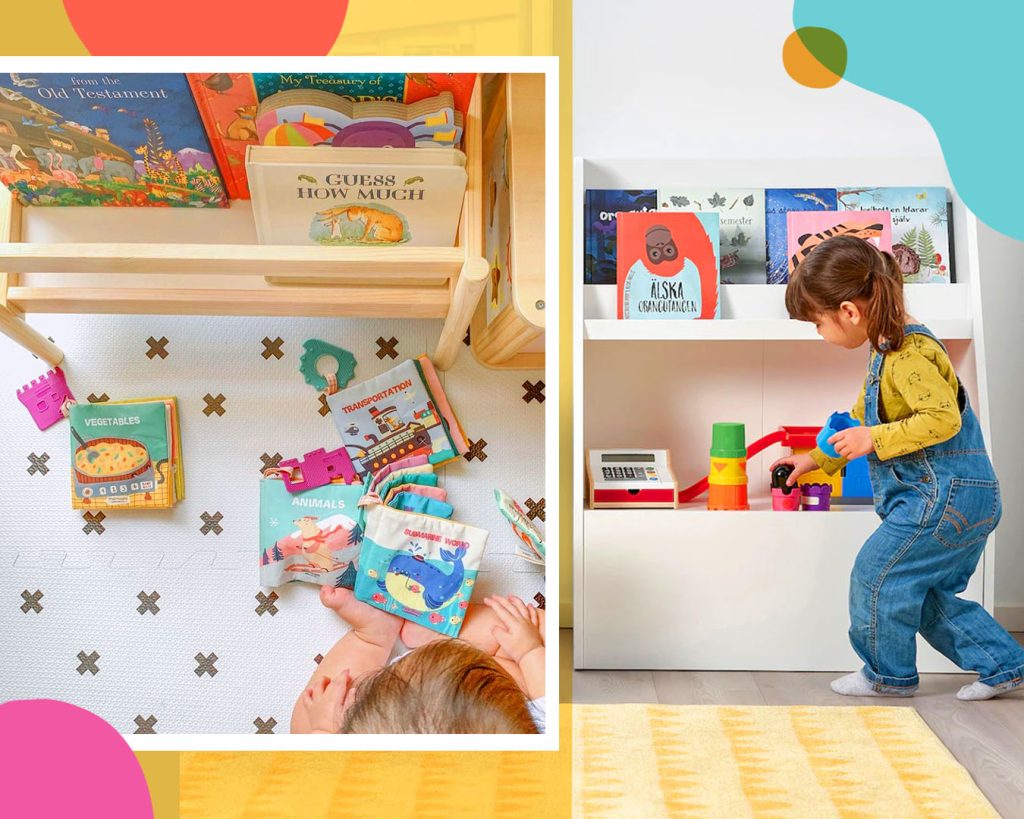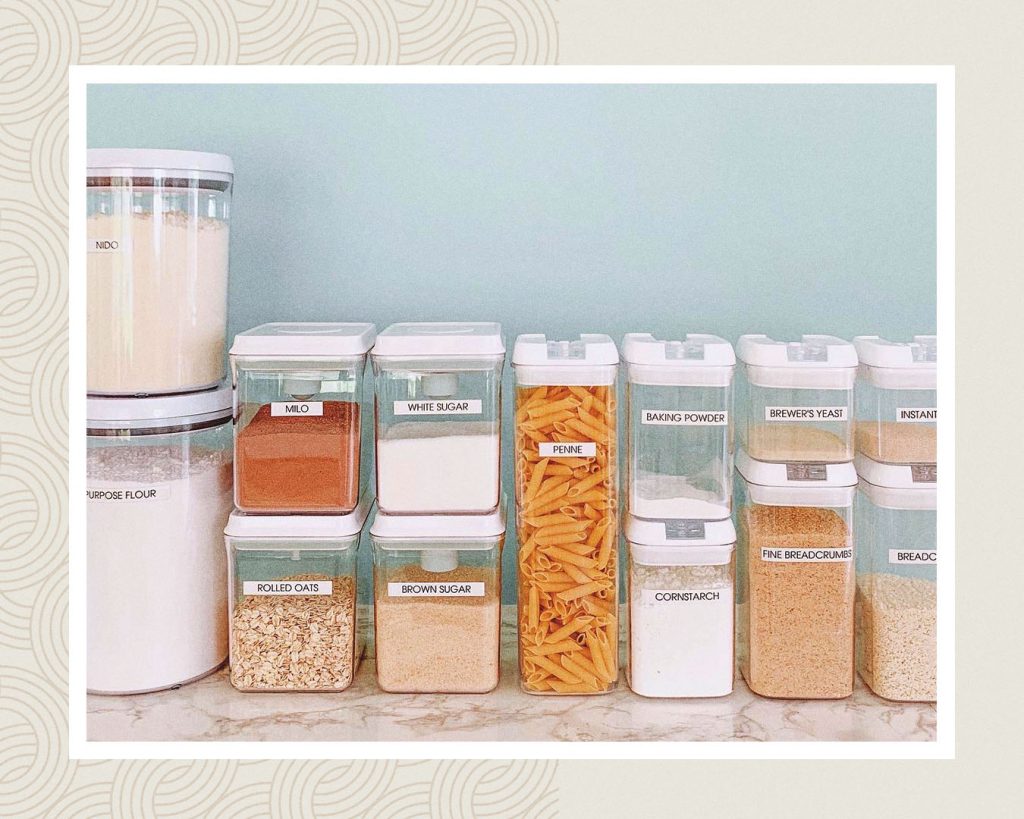In some parts of the world, March 20 marks the first day of Spring, so it is just appropriate that World Planting Day is on March 21. Celebrating it need not be elaborate as it could just mean supporting a cause or sharing awareness. But if you’re more than capable, your celebration could also mean planting a seed or a sapling, or the more complex task of growing your own vegetable garden. However you want to celebrate it, do know that every small effort counts, especially when it comes to protecting and conserving nature.
My small garden is still reeling from the effects of Typhoon Odette. My Tambis tree, which I had pruned the day before the typhoon made landfall, has sprouted new leaves despite the battle scars. It may now be brimming with life with the number of new leaves sitting on its scarred branches, but the shade it provides still isn’t enough for all the small plants thriving beneath it.
My philodendrons, monsteras, and Stephania erectas are no different. While I may have secured them indoors during the typhoon, they still somehow exhibited signs of stress, and even after 3 months, they have yet to fully recuperate. Everything feels like the first time I bought our very first houseplant—I was absolutely clueless but quite determined to make it thrive.
So if you’re like me who’s back to square one in making our plant babies thrive, read on as I share some foolproof ways in keeping them alive.
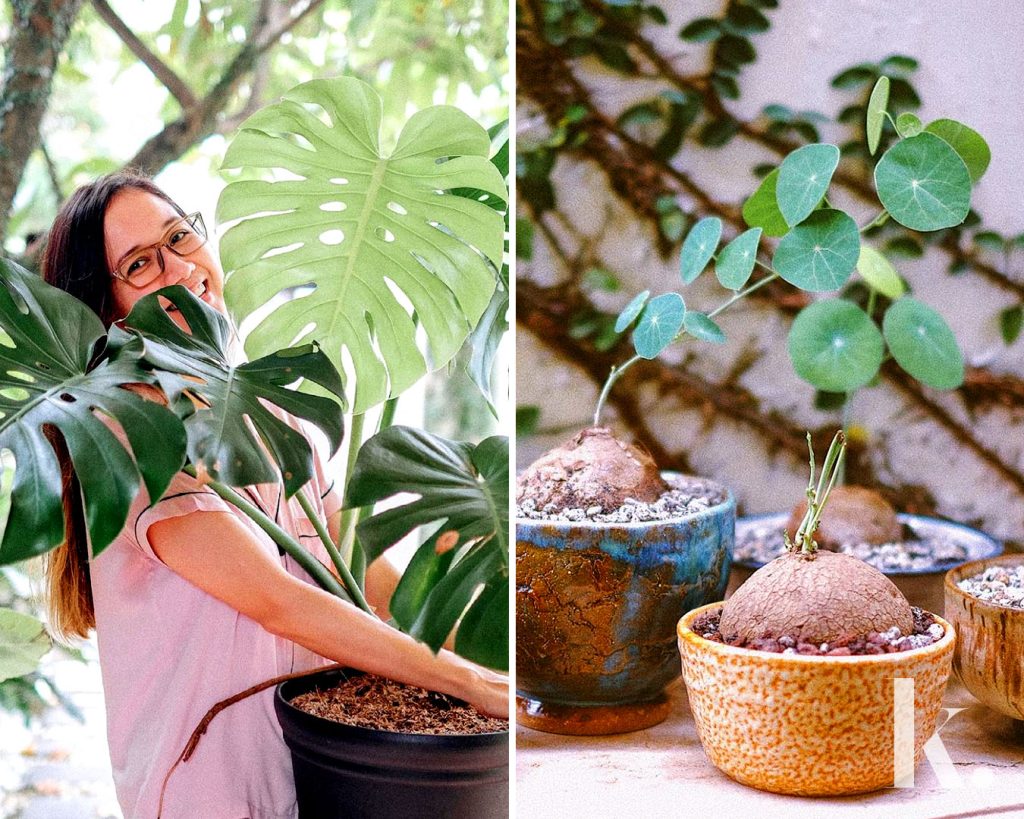
Monstera Deliciosa
A well-loved climbing plant due to its fenestrations, Monstera Deliciosas have become one of the most sought-after indoor plants for both novice and expert plant collectors. It loves bright, indirect light, and a good amount of humidity. Misting your Monstera in the morning can help address humidity concerns, and watering it only when the soil is dry to touch will ensure it is properly nourished without overwatering it.
Pothos
Philodendrons are easy to care for as they are low-maintenance houseplants. They are fast-growing and drought-tolerant, making them the perfect beginner’s houseplant. Pothos love moderate indoor light, moderate humidity, and a well-draining potting mix for them to grow fuller and bushier. Depending on where you like to display them, pruning regularly will give you lush pothos, while letting them trail will give you a dramatic vine that’s perfect for hanging.
Air Plants
Air plants are one of the plants of choice for display in the bathroom, kitchen, and even a study. They are never to be planted in soil, so displaying them is as easy as securing them inside a frame, a wire or ceramic vertical planter, or even a glass globe to hang from the ceiling. Air plants like bright, indirect light and a little spritz of water once a week to keep them in tip-top shape. Somehow, their long silvery leaves look good as hair, so I like putting them in vases with faces to make them a focal point on a shelf or just as an added green to a pile of books.
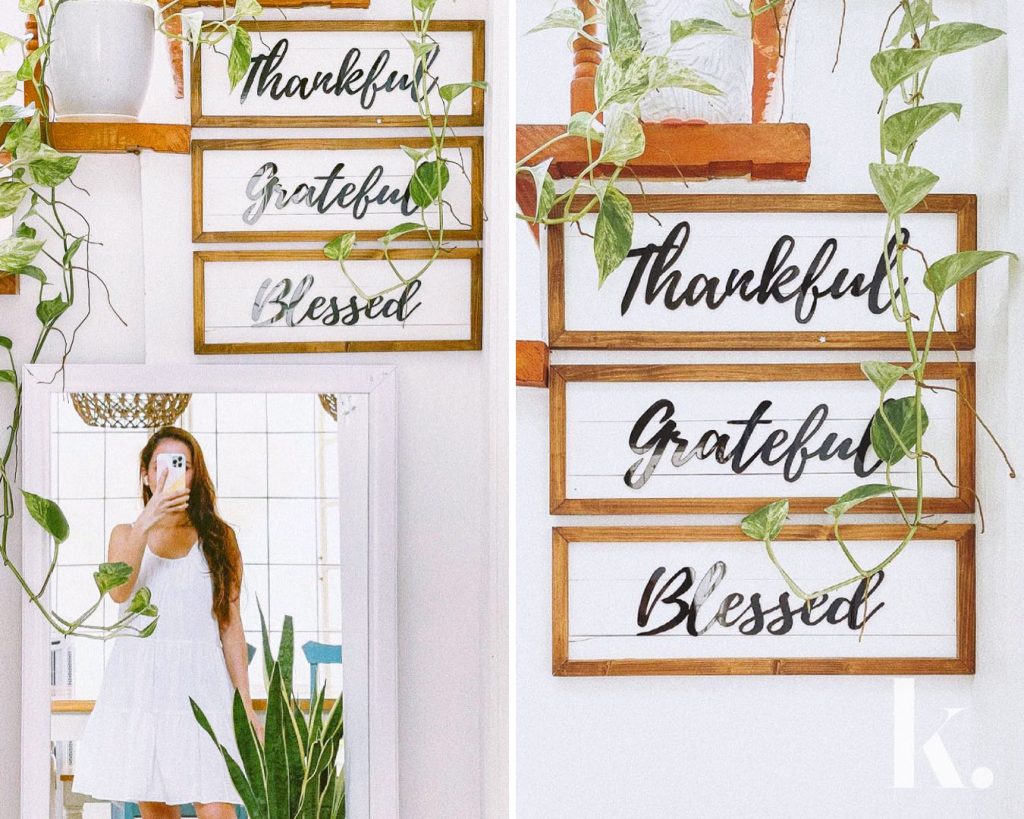
Stephania Erecta
Ah, such pretty caudexes that are perfect to display on coffee tables, display shelves, or even a vanity. Drainage is essential for a Stephania erecta as the caudex and the root itself are prone to rotting when they have wet feet. A free-flowing soil mix is key to having a happy Stephania, while bright indirect light will keep it healthy and thriving beautifully indoors.
Fiddle Leaf Fig
Quite probably one of the most Instagrammable indoor plants today, Fiddle Leaf Fig or FLF is known for its beautiful fiddle-like leaves and aesthetically pleasing plant body structure. While they may not be the easiest plant to care for—they’re finicky and overly dramatic—FLF care is not at all rocket science. From where they came from, they enjoy thorough waterings with dry spells in between so it’s best to water them just once a week or when the top two inches of the soil feels dry, and water them thoroughly. They also like bright, filtered light so it’s best to place them near an east-facing window where they can soak in that much-needed sunlight for their continuous growth. Wiping down their leaves will not only make them look good, but it will also ensure ample light absorption, thereby giving you a happy and thriving FLF.
Tending to plants is not a walk in the park, especially if you don’t have a green thumb; but this shouldn’t stop you from actually owning one. With proper care and attention, even the most finicky of plants can thrive under your care. Patience, perseverance, and a whole lot of trial and error will definitely help you earn a plant parent badge.




